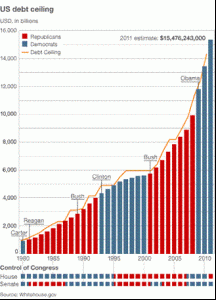The Phillips Machine
Whilst at a Cambridge Summer School I had the opportunity to see the Phillips Machine in operation and was amazed at the engineering feat as well as its economic applications. The machine (also known as the Monetary National Income Analogue Computer or Moniac) was created by the New Zealand economist William Phillips. There is believed to be 12 machines built, and Cambridge is one of a few to have a working machine after it was restored by Allan McRobie. The machine uses water and hydraulics to show the macroeconomic situation of the country with variables such as marginal propensity to consume and government spending being able to be adjusted by twisting a valve to control the amount of water flow. [...]
